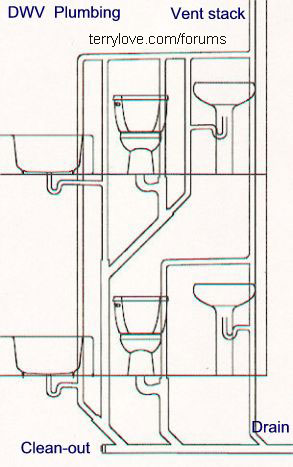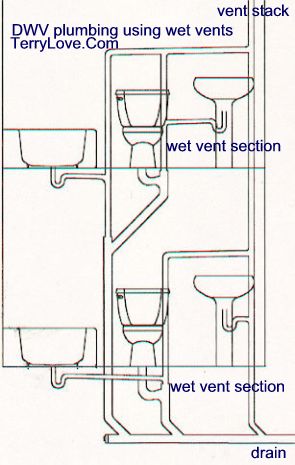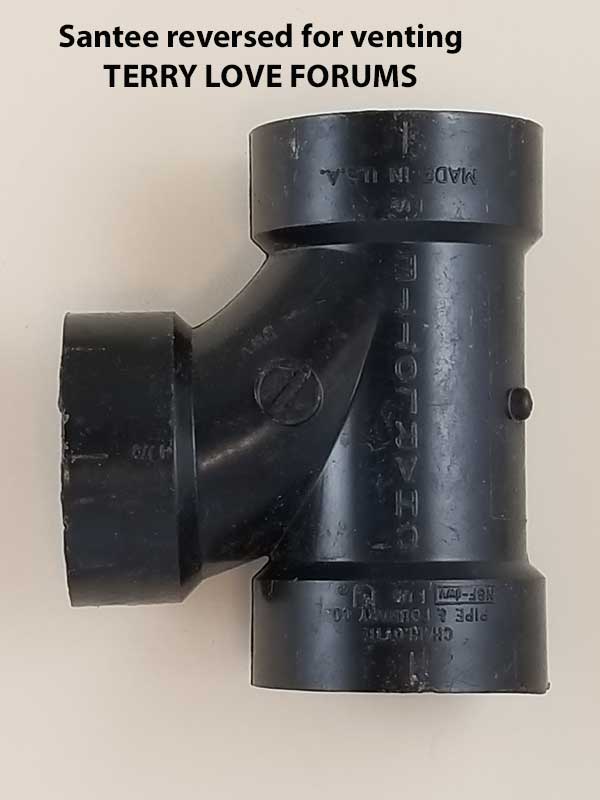Plumber01
In the Trades
But I don't see that language as requiring that the tee be upside down.
The language is right there in 905.1. Connected to drip back by gravity to the drainage pipe it serves.
UPC, IPC, ABC, whatever. Every plumbing apprentice is taught to install them upside down. It is taught in apprenticeship classes, its drawn that way in the illustrated training manual, its drawn that way on the journeyman test, its drawn that way on engineered blueprints.
Should we start installing a wye+eighth bend, rolled at a 45 degree angle above centerline on a horizontal trap arm backwards because air doesn't know up from down? No. Because we always want a potential sewage backup, or perhaps, a vent turned into a drain via wet vent to drain downstream with gravity.
It may not be significant in this context, but don't you think we should show DIYers the correct way to do it?




